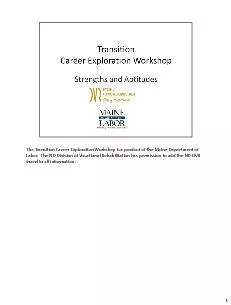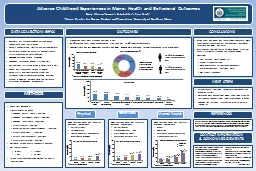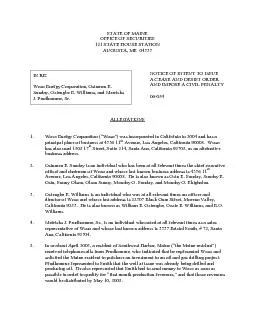PDF-The Transition Career Exploration Workshop is a product of the Maine D
Author : isla | Published Date : 2021-01-05
Labor The ND Division of Vocational Rehabilitation has permission to add the ND DVR brand to all information 1 Facilitator Notes Projected Time 20 25 minutes Learning
Presentation Embed Code
Download Presentation
Download Presentation The PPT/PDF document "The Transition Career Exploration Worksh..." is the property of its rightful owner. Permission is granted to download and print the materials on this website for personal, non-commercial use only, and to display it on your personal computer provided you do not modify the materials and that you retain all copyright notices contained in the materials. By downloading content from our website, you accept the terms of this agreement.
The Transition Career Exploration Workshop is a product of the Maine D: Transcript
Download Rules Of Document
"The Transition Career Exploration Workshop is a product of the Maine D"The content belongs to its owner. You may download and print it for personal use, without modification, and keep all copyright notices. By downloading, you agree to these terms.
Related Documents














